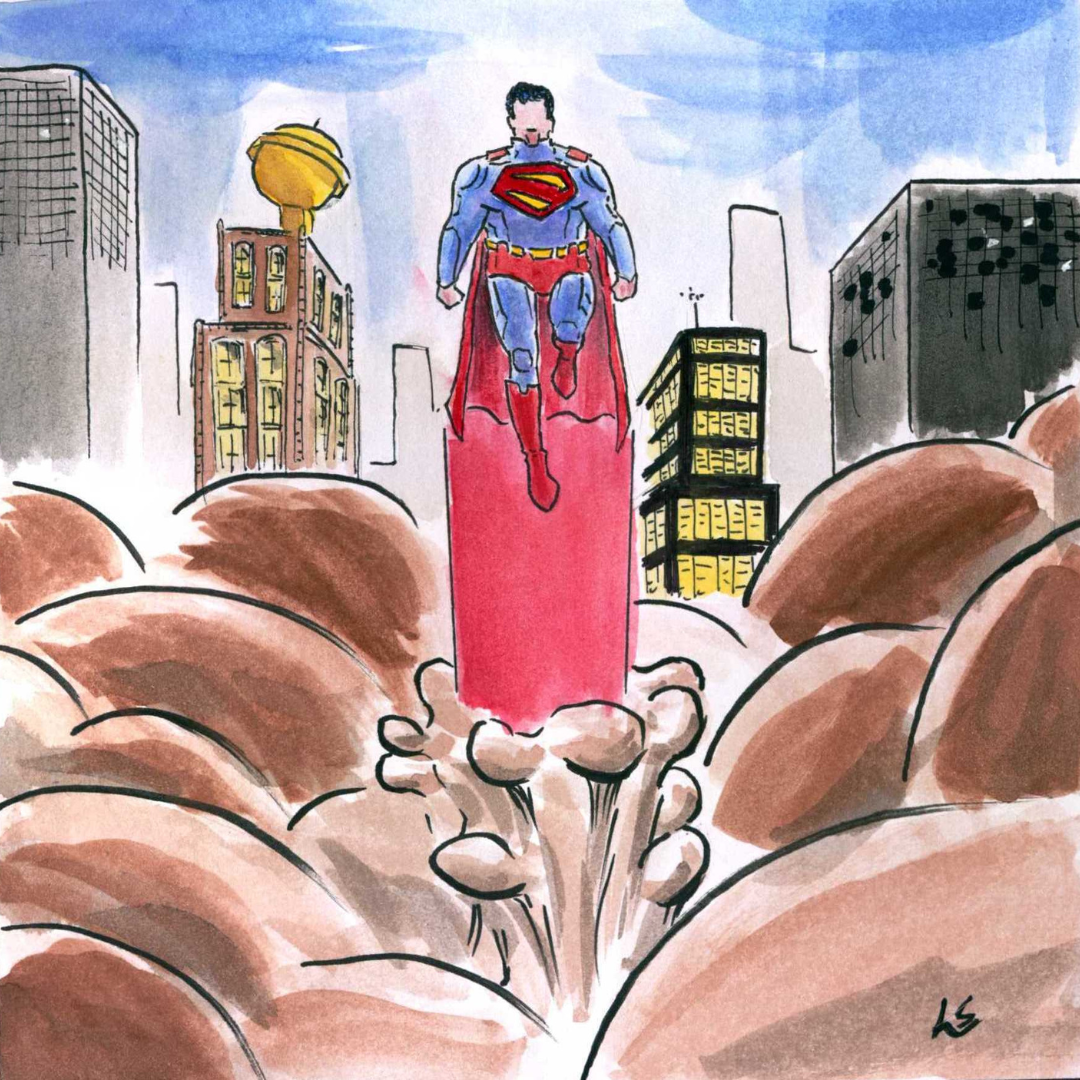“A Man Called Ove” will touch your heart
“A Man Called Ove” is both the saddest and most heartwarming book you will ever read.
The 2012 New York Times Best Seller was originally written in Swedish by Fredrik Backman, a columnist, blogger and novelist. Seven of his eight books have been translated into English and have gained popularity outside his home country.
“A Man Called Ove” is among his most well-known and was adapted into a film of the same title in 2015.
The title “A Man Called Ove” is self-explanatory, as the novel does, in fact, recount the story of a man called Ove.
The novel opens with a description of Ove, the common image of a grumpy old man who wants nothing to do with modern society.
Ove comically argues with a salesperson over what kind of electronic device he should buy. Naturally, Ove asserts his authority despite revealing his significant lack of knowledge in the area of technology.
While this introduction to Ove is comical, the reader may wonder whether the whole book will be a stereotypical mockery of the elderly.
However, it quickly becomes clear that the novel is more of an origin story, not simply the trope of an old man against new times.
Backman masterfully switches between past and present, revealing slivers of Ove’s life one at a time. Interestingly, Backman does not follow a clear chronological order at first.
His scattered storytelling instead creates an unexpected sense of mystery. Each tidbit from Ove’s past—a passing reference to his wife, an unexplained tension with his neighbor, a seemingly long history with the local government—add a piece to the puzzle.
The overarching question that Backman explores is, “Why is Ove the way he is?” With each flashback, we learn a little more of the answer.
However, the novel is not just a story of the past. Ove’s daily life in the present is equally important.
The current-day plot focuses on Ove’s ordinary encounters with his neighbors, especially a new family of young girls and millennial parents. While at first they seem to provide solely comic relief, their greater purpose develops quickly.
From the beginning, Backman makes it clear that Ove intends to commit suicide, though the reason is unknown. Somehow, Backman makes Ove’s series of failed attempts humorous through the inopportune appearances of his nosy neighbors.
In dealing with an emotionally heavy topic, Backman successfully finds a way to balance the serious with the quirks of everyday life.
Backman’s masterful storytelling combines past and present to follow Ove’s constantly developing character. He blurs the lines between flashbacks and modern time to show how Ove grows from the entirety of his life’s experiences all at once.
Each character is carefully crafted to teach Ove a new lesson. The most moving instance of this device is the parallelism between Ove’s wife, Sonja and his new neighbor, Parvaneh.
Although Ove never says it explicitly, these two characters are the most influential people in his life, one from his younger years and one in his old age.
Sonja and Parvaneh are the most likable characters in the story and they teach both Ove and the reader how to love life.
The end of the novel creates a stark contrast with the beginning as Ove’s personal growth comes to a culmination. Saving any spoilers, the last few chapters will bring any reader to tears from both sadness and joy.
“A Man Called Ove” has something for any reader, from romance, to unlikely friendships, to the journey of a self-made man.
What is most appealing, however, is its insight into real human emotions and the impact that bonding with others can have in the face of hardship.
Backman’s creative narrative and deep look at what it means to be human will make “A Man Called Ove” a powerful reading experience.














































